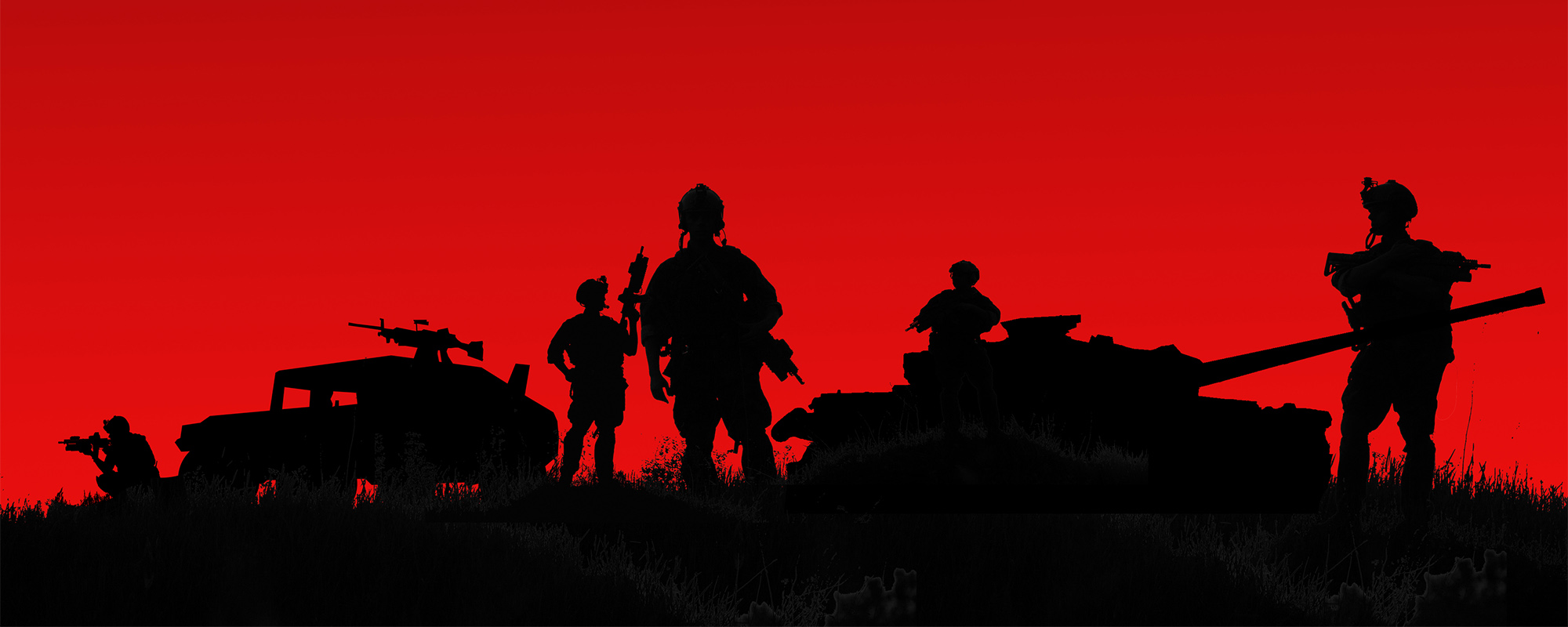The primary limitation to achieving operational art through a structured planning processes such as the JMAP, is the extent to which staff and the commander are prepared to adapt the process. This is an art in itself. The mastering of this process is underpinned by knowing what can be adapted, and what components are able to be manipulated to enhance the human factors of creativity and intuition. There exists a natural tension when applying a scientific method to an artistic practice, and this is most-pronounced in the case of the marriage of operational art in the structured planning process of the Joint Military Appreciation Process. This uneasy marriage stems from a number of factors, including the complexity of the operational environment, the variance in human planners and the commanders that employ it, just to name a few. But this tension often manifests as criticism of the process itself, which clouds the debate surrounding its merit and compatibility. What must be realised is that this tension is an inherent component of the process of industrialising operational art for a large modern military.
A formal planning process is crucial to effective and efficient military planning, but the approach taken must be as adaptive as the environment with which it seeks to interact, inform, and shape. Formalised planning processes are critical to integrate the wide range of functions and specialist advice, and there are valid criticisms of the approach, but given the scope, and scale of forces involved, and the complex nature of the operating environment, there is no better alternative. Sophisticated militaries, even those with significant technological overmatch, or access to cutting edge data management and artificial intelligence require common cohesive procedures, the JMAP provides the ADF this foundation in planning.
The attempt to codify operational art in formal process is an iterative process. To set it in formal doctrine and expect that it will not continue to evolve is to miss the point of the process of codifying it in the first place. By capturing concepts such as operational art in this way allows it to be promulgated across the organisation, standardising the approach taken and and exposing it to tests of relevance from multiple angles. The aspirations of the relationship between the JMAP and operational art are clear, namely that it seeks to “employ operational art systematically through the application of operational design and arrangement of operations, to ensure the production of creative, robust and appropriate plans supported by the allocation of sufficient resources”. Yet the contradiction of generating creative plans in a systematic process catches the attention of many critics, who focus on a dogmatic adherence to process, rather than its inherent adaptability and flexibility.[1] What is key to highlight from this debate is the level of maturity in the organisation that allows open exploration of critical planning processes. Most importantly, the acknowledgement that there are many ways to employ the process, and many ways to interpret the other warfighting tenets is crucial to realising the art component of operational art. As an inherently human-focused process, without this level of adaptability, it ceases to be relevant.
The elements of the JMAP which complement traditional concepts of operational art are many. Primarily, these are leveraging diverse perspectives of staff, the reduction of bias of a commander and the introduction of greater transparency[2]. However, there is a significant risk that dogmatic application of a process will take precedence over the considered application given the context. Studies for the Unites States Navy and Army undertaken by behavioural scientists confirm the main accusation levelled at planning processes, concluding “Existing planning models do not do justice to the non-linear complexity of real planning, and in many cases actually inhibit and degrade planning”[3]. However, the fallibilities in the process are well-known, with the determining factor being the way in which it is applied by the staff and commander[4]. The adaptive systems approach employed by the JMAP is no silver bullet - it is no guarantee of operational or campaign success in every instance - but it has great potential to complement operational art if employed correctly. The complexity of the operating environment demands the ability to sense and adapt, which must be built into the mechanisms employed by the staff in the application of the formal process.
Brigadier Rupert Hoskin, former Commander RMC-D, sheds further light on the debate over the JMAP’s relevance, observing that it has significant merit, but that the key to its success remains in the art component, namely how it is employed. He stresses that it requires heavy involvement from the commander, both in the preliminary actions of building their team and organisational culture, and then during the planning process. Hoskin further stresses that the procedural approach must compliment the human aspects of warfighting, namely creativity and intuition. Quite naturally, there is no formulaic approach to how operational art is to be achieved, but as a commander, time spent exploring how this might be achieved is a worthy pursuit.
Operational art stresses the cohesion and purpose of tactical actions for the attainment of strategic objectives, and the creation of formal processes to oversee this is not always a comfortable fit. While Australian doctrine makes an attempt to spell out how the process is to be achieved, much is left to tenets, concepts, or vague principles that require the involvement of the right creative and experienced commander and their staff to apply it to any given situation. What the presence of formal structures does risk is the dogmatic application of a process by individuals who fail to appreciate the realities of the situation they face. The processes and individuals involved must be both self and situationally aware and capable of manipulating the processes to ensure relevance of the actions being undertaken. Ultimately, formal processes cannot replace considered human input, but they can augment it.
Image credit: ID 54952266 © Roman Kanin | Dreamstime.com
Australia, ADDP 3.0 Campaigns and Operations (Canberra: Commonwealth of Australia. 2016)
Australia, ADDP 5.0 Joint Planning (Canberra: Commonwealth of Australia. 2016)
Australia, ADFP 5.0.1 Joint Military Appreciation Process (Canberra: Commonwealth of Australia. 2016)
Evans, Michael. "Centre of gravity analysis in joint military planning and design: implications and recommendations for the Australian Defence Force." Security Challenges 8, no. 2 (2012)
Fick, Nathaniel. One Bullet Away: The Making of a Marine Officer. (London: Phoenix, 2007)
Jackson, Aaron P. "Innovative within the Paradigm: The Evolution of the Australian Defence Force’s Joint Operational Art." Security Challenges 13, no. 1 (2017)
Ricks, Thomas. Fiasco: The American Military Adventure in Iraq. ( New York: Penguin 2006.)
Sky, Emma. The Unravelling: High Hopes and Missed Opportunities in Iraq. (New York: Public Affairs, 2015)
Schmitt, John and Klein, Gary ‘A Recognitional Planning Model’ in Proceedings of the 1999 Command and Control Research and Technology Symposium, US Naval War College, Rhode Island, June-July 1999,
Woodward, Bob. Obama's Wars. (New York: Simon & Schuster, 2010.)
Wright, Donald and Rees, Timothy On Point II, Transition to a New Campaign: The United States Army in Operation Iraqi Freedom May 2003-January 2005 (Fort Leavenworth: CSI Press, 2008)
[1] Jackson, Aaron P. "Innovative within the Paradigm: The Evolution of the Australian Defence Force’s Joint Operational Art." Security Challenges 13, no. 1 (2017), 61
[2] Australia, ADFP 5.0.1 Joint Military Appreciation Process (Canberra: Commonwealth of Australia. 2016), 1-4
[3] John Schmitt and Gary Klein, ‘A Recognitional Planning Model’ in Proceedings of the 1999 Command and Control Research and Technology Symposium, US Naval War College, Rhode Island, June-July 1999
[4] Hoskin, Rupert. The ghost in the machine: better application of human factors to enhance the military appreciation process. Canberra: Land Warfare Studies Centre. 2009, 21



Comments
Start the conversation by sharing your thoughts! Please login to comment. If you don't yet have an account registration is quick and easy.